Do you need a website for your business? Are you interested in web design but don’t know where to begin? Let’s start with the basics. Wireframing is a valuable stage for any web design project. It’s a foundational part of website building. In this article, we will address wireframing, website wireframe, and web design wireframe.
A wireframe is a bluepring that communicates the structure of a website. It’s a two-dimensional skeletal outline for designing a webpage or mobile app. Wireframes are used early in the development process to establish the basic structure of a page before adding the design and content.
Table of Contents
Reasons to Use Wireframing
Wireframes are essential to the initial design process. Let’s take a look at some reasons to use wireframing.
- Visualize the structure clearly
- Clarify the features of the interface
- Push usability to the forefront
- Help to refine navigation
- Make the design process iterative
- Save time and effort
- Make content development more effective
Visualize the structure clearly
Wireframes are the basis of any project. It turns abstract ideas into something tangible and ensures your entire team is on the same page.
Clarify the features of the interface
A wireframe shows clients the different features like dynamic slideshow, news feed, Google map integration, and product filtering, and how and where these features function on a specific page. Also, this is a way to show a client why these features are useful.
Push usability to the forefront
Usability is one of the most important components of a design, and a wireframe pushes usability to the forefront. It’s the bare bones of a project. Wireframes remove the colors and images so that a team can focus on ease of use, conversion paths, naming of links, navigation, and feature placement.
Help to refine navigation
Website wireframes allow people to:
- Give the site a new test run to see how easy or difficult it is to locate the target pages.
- Determine whether dropdown menus clarify or confuse the user.
- Find out whether breadcrumbs are helpful or distracting.
- Understand whether the overall navigational scheme is intuitive, incomprehensible, or somewhere in between.
Make the design process iterative
Rather than combining functionality/layout and creative/branding aspects of the website in one step, wireframes ensure that these elements are taken in one at a time. Wireframes give clients and team members an opportunity to provide feedback. Skipping wireframes delays feedback and increases the cost of changes needed to be made from full design mock-ups instead of simplified wireframes.
Save time and effort
Wireframes save you money for multiple reasons.
- Your designs are more calculated.
- Your development team understands what they are to construct with the blueprint in mind.
- Content creation becomes much clearer.
- Wireframes can ease communication and avoid misunderstanding.
- Everyone, from the development team, the agency, and the client, is all on the same page about what the interface is supposed to do and how it is supposed to function.
Make content development more effective
You want your website content to be readable and attractive. A wireframe gives you an overview of the contents. It helps you arrange fonts, numbered lists, bullets, and heads neatly and aesthetically. You can also determine the best font size, placement, and content quantity. Lastly, you can figure out the best formatting scheme that will maximize readability and persuasiveness.
Website Wireframe
Steps to make a website wireframe.
- Do your research
- Prepare your research for reference
- Make sure you have your user flow mapped out
- Draft, don’t draw. Sketch, don’t illustrate
- Add some detail and get testing
- Start turning your wireframes into prototypes
Do your research
Before creating a website wireframe, you must know your audience. You should do user research by creating personas and do competitor research. Basically, analyze similar product lines as yours, with UX trends and best practices in mind, and review your own design guidelines.
Prepare your research for reference
You can’t have all the research you’ve done memorized. Therefore, it’s a good idea to take notes as you go. Write down your user goals, personas, and features you may have found while doing competitor research. It’s all about user experience.
Make sure you have your user flow mapped out
A user flow is a diagram that shows the path your user will take through your app or website to achieve a certain goal. You must understand where your users are coming from (which marketing channel) and where you need the user to end up. A good user flow will ensure that your users are self-sufficient.
Draft, don’t draw. Sketch, don’t illustrate
Let’s add some wires to your frame. Remember that you’re outlining features and formats, not details. This is the skeleton of your website. To help you get started ask these questions.
- How can you organize the content to support your users’ goals?
- Which information should be most prominent? Where should your main message go? What should the user see first when arriving at the page?
- What will the user expect to see on certain areas of the page?
- Which buttons or touchpoints does the user need to complete the desired actions?
After you’ve created your wireframe, transfer it to a whiteboard so you can more easily brainstorm and play around with it.
Add some detail and get testing
When adding detail, think about these questions:
- Usability conventions, such as putting the navigation at the top next to your logo, having a search box on the top right, etc.
- Simple, instructional wording for elements such as calls-to-action.
- Trust-building elements: What do you need to build trust in your customers and where would be the best place to put these elements?
- Tooltips to indicate any functionality that could be included in a prototype transition.
After all of this, it’s time to start your user tests. There are tools you can use to collect qualitative feedback.
Start turning your wireframes into prototypes
Lastly, you can turn your wireframes into prototypes. A prototype is essentially making your website suitable for the public. It’s not the final version. You’ll have to make smaller tweaks before sending your designs to the engineers.
Web Design Wireframe
Types of Wireframes
There are many types of wireframes to inspire your creativity. Let’s take a look at some of these types to help you know which process works best for you.
- Sketch
- Detailed Hand-Drawn Wireframe
- Low-Fidelity Wireframe
- Low-Fidelity Mobile Wireframe
- High-Fidelity Wireframe
- Low-Fidelity Interactive Wireframe
- Wireframe Mock-up
- Interactive Wireframe Mock-up
- Free Website Wireframe
- Mobile Website Wireframe
Sketch
This is pretty self-explanatory. Some developers like to sketch their wireframe with paper and pencil. It’s a simple hand-drawn method illustrating the basic concepts before the graphical elements.
Detailed Hand-Drawn Wireframe
A more detailed hand-drawn wireframe may be a bit more advanced than a sketch. Oftentimes developers like to use a ruler for a more detailed design. Using a digital wireframe tool might make it easier since hand drawings are difficult to digitize.
Low-Fidelity Wireframe
Low-fidelity wireframes are created digitally. They display elements in simple content blocks. It takes your basic concept sketch into something more refined. Low-fidelity wireframes are important for determining what graphical elements need to be created and what copy needs to be written.
Low-Fidelity Mobile Wireframe
Mobile responsiveness is essential. Many designers turn their wireframes into a mobile version since much of what we do is on mobile devices.
High-Fidelity Wireframe
A high-fidelity wireframe illustrates more detail without too many graphical elements. This wireframe has a more aesthetic look without a time-consuming design.
Low-Fidelity Interactive Wireframe
Many interactive wireframe tools can help you demonstrate your user experience flow before committing to your graphics.
Wireframe Mock-up
A mock-up wireframe is creating graphical elements to show a design.
Interactive Wireframe Mock-up
An interactive wireframe mock-up is helpful when you’re passing the site to developers. They can review both the intended look and functionality of the site with a more streamlined workflow with fewer revisions.
Free Website Wireframe
You can use wireframing tools. These can give you the basic wireframe capabilities that work great for low to medium-fidelity mockups.
Mobile Website Wireframe
As previously mentioned, mobile responsiveness is essential. This is key to a successful website. There are a few ways to create a mobile wireframe. This includes:
- Condensing all of your desktop features to fit onto a mobile screen.
- Limiting some functionality altogether to yield a mobile-friendly experience.
Prototypes
Prototyping is the process of building an interactive experience. A prototype represents the final product. Prototyping is the first phase in which designers can actually interact with their creations.
The goal of a prototype is to simulate the interaction between the user and the interface and understand how the final product will function. Prototypes are great for testing real users. They allow people to interact with the design like they would the finished product.
Some benefits of prototypes include:
- Pitching ideas
- Validation tool
- Assist during user research
However, some limitations of prototyping are:
- It can be expensive and a time-consuming design
- It requires design skills which not everyone has
Finally, wireframing is necessary when it comes to website design. Make sure you stay user-focused when creating a design. This will help you build better products for your users.
SEO Design Chicago is a one-stop shop digital marketing agency. We offer many services including website design and development.





Contact Us Today!